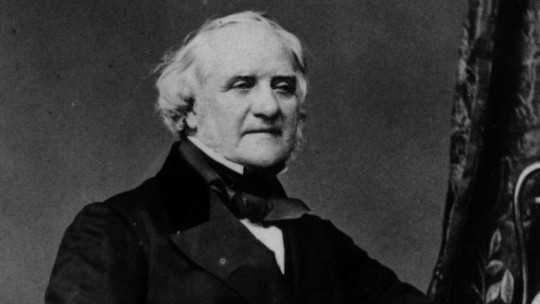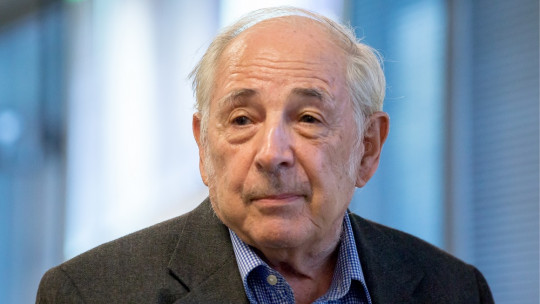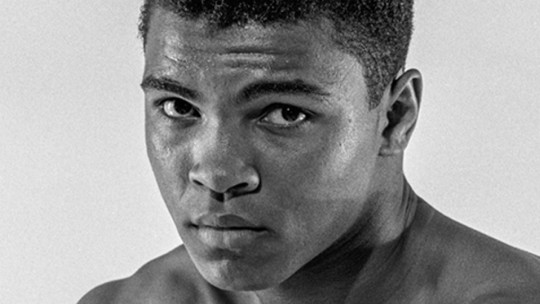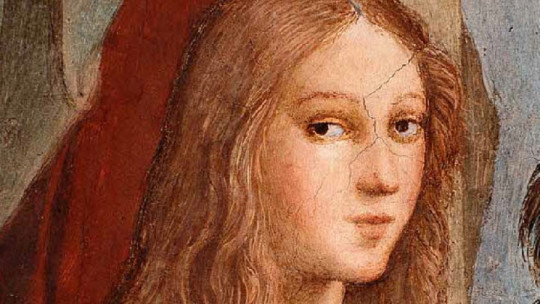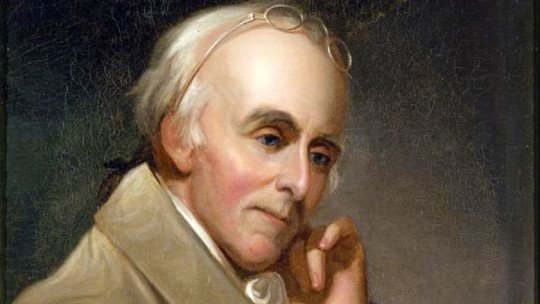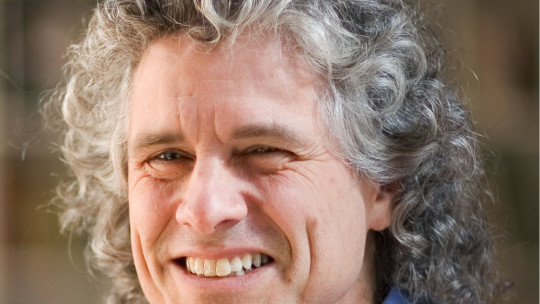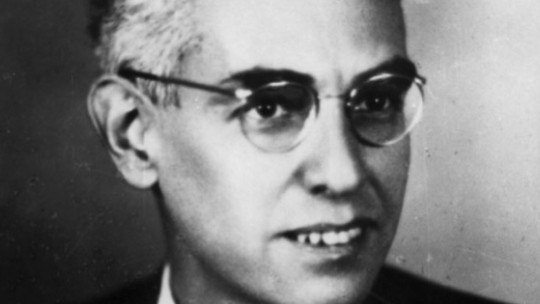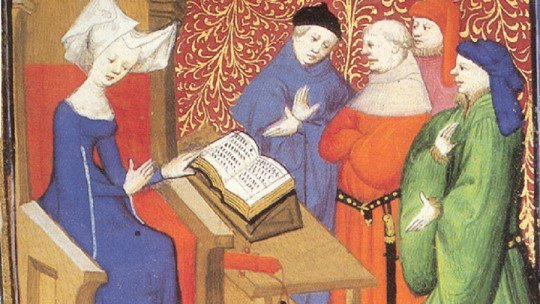Nowadays, most of us know some type of non-governmental organization dedicated to the protection of some group such as children or to providing humanitarian aid.
And not only institutions, but also many citizens make donations and acts dedicated to supporting charitable causes. In many cases these are acts of philanthropy, support and selfless help to others.
But although this type of acts to help the most disadvantaged is something that today and for a couple of centuries we see with some frequency (although not always in a disinterested way), the truth is that they were not common until the arrival of George Peabody, the so-called father of modern philanthropy. It is about this man that we are going to talk about throughout this article, doing a brief biography of George Peabody
A brief biography of George Peabody
George Peabody was born on February 18, 1795 in the town of South Danvers (later its name was changed to Peabody in his honor), in Massachusetts. He was born into a humble, working class family, being the third of eight siblings.
With very limited resources, his academic training was also scarce: he was only able to carry out formal studies for four years, until he was eleven years old. However, this experience would stimulate him enormously, often going to the local library to read.
First works and expansion
At that age he began working in a textile store as an apprentice. He had a great capacity for work and was skilled with numbers. Over time He moved to Washington, specifically to Georgetown, where he was able to open a store within the same sector. In 1811, however, his father died, leaving behind various debts, something that forced the young man to work long hours in order to support his family.
When 1812 arrived, Peabody enlisted in the army to fight in the Anglo-American War There he met Elisha Riggs, a merchant with whom she would end up partnering in order to import her products. This business, under the name of Peabody, Riggs & Company, would begin to prosper in such a way that Peabody was able to open various branches in different parts of the country.
Establishment in London
During 1816 he moved to Baltimore, a city where he prospered and would become increasingly recognized for his good business work. When 1827 Peabody arrived He traveled to London to trade on behalf of his company , also opening a branch in the city. At this time he would also begin to become more actively involved in international trade and in the issuance of bonds in his country, also beginning to work in the banking sector.
Peabody ended up settling in London, moving in 1837 and living the rest of his life in the United Kingdom. In 1854 He partnered with Junius Spencer Morgan and founded another company, George Peabody & Company, this time focused on banking Little by little his bank began to increase its popularity, to the point of becoming one of the most important of the 19th century.
Some of his great charitable works
Although throughout his life he carried out numerous activities that helped multiple companies and nations, it was not until the 1850s when he began to dedicate himself with increasing impetus to helping those most in need
He founded the Peabody Institute Library in his hometown in 1852, along with other institutions, such as the Peabody Institute in Baltimore (which included an art gallery and a music academy), and other similar institutions in Washington or Massachusetts. He also founded the Peabody Educational Fund in order to support the development and education of the most disadvantaged children.
George Peabody invested primarily in education, founding or participating in the resourcing of a total of 22 institutions. Also, due largely to his relationship with his nephew Othniel Charles Marsh (whom he helped educate and who would end up becoming one of the most relevant paleontologists of the century), founded an archeology museum and the Yale Museum of Natural History He also financed different expeditions, such as those of explorers like Elisha Kane.
Last years and death
During the 1860s Peabody received numerous awards : In 1862 he was named a Freeman of the City of London, in 1867 he was awarded the Congressional Gold Medal in the United States and in 1868 South Danvers would change its name to Peabody in honor of its most illustrious son.
It was also in that decade when he retired, specifically in 1864, with a great fortune behind him, of which he donated approximately half. He also lived through the Civil War, and it is known that maintained an abolitionist stance and who worked to create educational institutions for both whites and blacks.
At the same time, his acts of philanthropy multiplied, highlighting the creation in 1862 of a fund (Peabody Donation Fund or Peabody Trust) dedicated to combating poverty and improving the condition of the children of London, and which also contributed to building houses with running water for the poor. Queen Victoria of England offered her the title of knight and baron, but she nevertheless rejected these honors because she did not believe she deserved them. A statue was built in his honor at the Royal Exchange.
However, in 1869 Peabody, who was already suffering from rheumatic arthritis and gout, He fell ill with pneumonia, which ended up causing his death on November 4, 1869 in London. He was granted the rare honor of being buried in Westminster Abbey, something desired by the British royal family, but after a time in that location and in order to honor his last wishes his body would be transferred to the city that where Peabody (previously South Danvers) was born.

